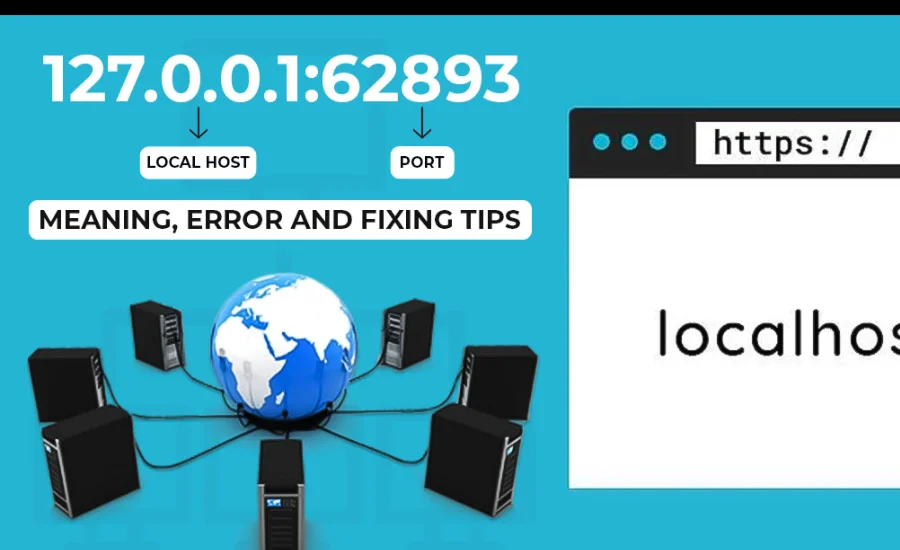If you’ve come across the error message “Disconnected from the target VM, address: 127.0.0.1:62893” during your computing activities, it might seem perplexing at first glance. However, unraveling this code can provide valuable insights into its purpose and implications. This comprehensive guide will delve into the significance of 127.0.0.1:62893, its functionality, and offer practical solutions for addressing this common error.
Decoding 127.0.0.1:62893
To fully understand the error, we need to break down its components:
- 127.0.0.1: This is known as the “localhost” or “loopback” IP address. It is a special IP address that routes traffic back to the same machine. This means that any network communication directed to 127.0.0.1 never leaves your computer but is handled internally. This is fundamental for testing and development purposes.
- 62893: This number represents a port number, which functions as a gateway for applications to communicate with one another. Port numbers allow multiple applications to use network resources simultaneously. Although port 62893 is not as commonly referenced as other ports, it is occasionally used by services like Memcached, a system designed to improve the speed of web applications by caching data.
The Role of IP Addresses in Networking
IP addresses are akin to street addresses in the digital world. They play a crucial role in directing data to its intended destination. Here’s a breakdown of their types:
- IPv4 addresses are still the most commonly used format for network identification. These addresses are composed of four sets of numbers, separated by periods, such as 192.168.0.1 or 127.0.0.1, which is a loopback address. Each segment, referred to as an octet, ranges from 0 to 255, allowing for around 4.3 billion unique addresses.
- However, with the surge in internet-connected devices, the pool of available IPv4 addresses is diminishing rapidly. This depletion emphasizes the growing need for IPv6, a newer addressing scheme designed to meet the increasing demand for IP addresses.
- As the digital landscape expands, comprehending the limitations and role of IPv4 is essential for effective network management and future planning. Despite its limitations, IPv4 continues to play a significant role in internet infrastructure, reflecting its lasting importance in our interconnected world.
- IPv6 Addresses: To address the limitations of IPv4, IPv6 was introduced. IPv6 addresses are longer and more complex, such as 2001:0db8:85a3:0000:0000:8a2e:0370:7334. This format provides a vastly larger address space, accommodating the growing needs of internet-connected devices and ensuring the internet’s continued expansion.
IP addresses are also classified into:
- Private IP Addresses: These are used within local networks to facilitate communication between devices on the same network (e.g., 127.0.0.1). They are not accessible from the outside internet.
- Public IP Addresses: These addresses are used for communication over the internet, allowing devices to connect globally. They are essential for accessing websites and online services.
Understanding Port Numbers
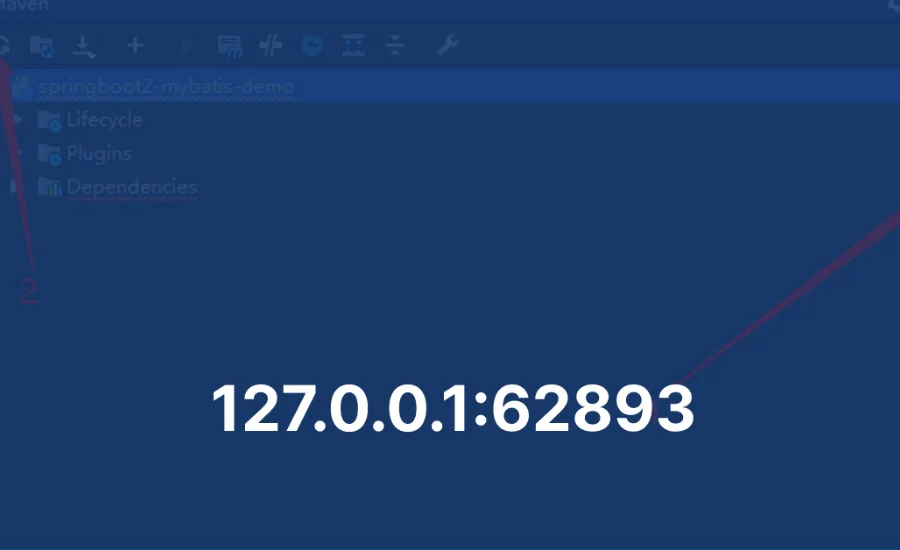
Port numbers can be likened to TV channels, each serving a specific purpose and directing traffic to the appropriate application or service. Each port number corresponds to a particular service or application on your device. For example:
- Port 80: Commonly used for HTTP web traffic.
- Port 443: Used for HTTPS, ensuring secure web communications.
- Port 22: Associated with SSH, providing secure remote access.
Port 62893, while not widely known, may be utilized by specific applications or services, including certain caching systems.
Practical Uses of Localhost
The localhost IP address (127.0.0.1) has several practical applications:
- Local Development: Developers use localhost to test and debug applications in a controlled environment before deployment. This allows for safe experimentation and troubleshooting without affecting live systems or external users.
- Software Demonstrations: Localhost can be employed to showcase software features and functionalities during demos or trials. This allows potential users to experience the software without requiring an active internet connection.
- Network Testing: Localhost is used for testing network configurations and behaviors in a sandboxed environment, helping identify potential issues before they impact the broader network.
Tools for Managing Localhost and Port Settings
To effectively manage and monitor localhost and port configurations, several tools are available:
- Wireshark: A powerful network protocol analyzer that helps troubleshoot network issues by capturing and analyzing network traffic in real time. It provides insights into network performance and security.
- PortQry: A command-line tool used to query open ports on a network. It assists in diagnosing port-related problems by providing information about the status of various ports.
- Nmap: A versatile network discovery and security auditing tool that scans networks to identify open ports, detect services running on those ports, and assess network security. It is widely used for network management and security testing.
Benefits of Addressing 127.0.0.1:62893
Understanding and addressing the implications of 127.0.0.1:62893 offers several benefits:
- Enhanced Development and Testing: Utilizing localhost allows developers to test and debug applications within a secure, isolated environment. This minimizes risks associated with exposing unfinished code to the internet and provides a platform for resolving issues before going live.
- Improved Networking Knowledge: Working with localhost helps in grasping fundamental networking concepts such as client-server architecture and TCP/IP protocols. This knowledge is crucial for designing and managing efficient networked applications.
- Increased Security: Monitoring activity on localhost and associated ports can help detect unauthorized access attempts or suspicious behavior. This proactive approach enhances the security of your system by identifying potential vulnerabilities early.
- Efficient Debugging: Localhost facilitates the debugging process by providing a controlled environment where network-related issues can be isolated and addressed. This streamlines troubleshooting and ensures that applications perform optimally.
- Isolated Testing Environment: By using localhost, you create a separate space for development and testing, reducing the risk of conflicts with other applications and ensuring the stability and reliability of your work.
Comprehensive Guide to Understanding and Managing 127.0.0.1:62893
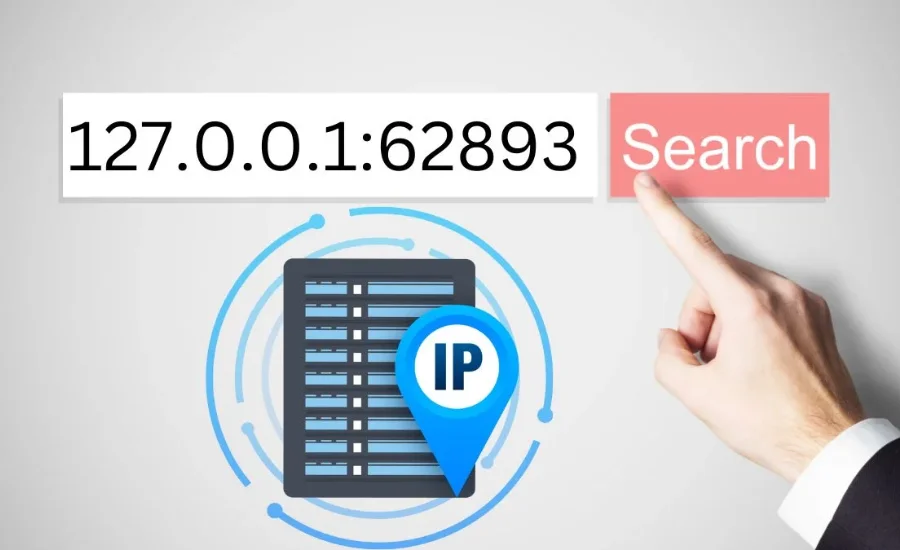
If you’ve encountered the address 127.0.0.1:62893 in your computing environment, you might be wondering what it means and how it affects your system. This detailed guide aims to provide an in-depth analysis of 127.0.0.1:62893, including its operational mechanics, security implications, and troubleshooting strategies.
The Functionality of 127.0.0.1:62893
The address 127.0.0.1:62893 is a combination of an IP address and a port number used for internal communication on your device. Understanding how this address functions can help you effectively manage and troubleshoot related issues.
- 127.0.0.1: Often referred to as “localhost,” this IP address is a loopback address. It allows network traffic to be routed back to the same machine, facilitating communication between applications running on the same device. This loopback mechanism is essential for testing and development, enabling software to interact without sending data over the external network.
- 62893: This number represents a port on your machine that directs traffic to a specific application or service. Ports are used to distinguish between different services running on the same IP address. For example, port 62893 might be used by a local development server or another service for debugging or testing purposes.
When an application uses 127.0.0.1:62893, it means that it is trying to communicate with another application or service on the same computer using the specified port. This setup is commonly used in development environments to test and debug applications before they are deployed to a live environment.
Is Exposing Port 62893 Publicly Safe?
Exposing port 62893 to the public internet is generally not advisable due to several security concerns. Here’s why:
- Security Vulnerabilities: Services listening on port 62893, such as Memcached, could have vulnerabilities that attackers might exploit. If these vulnerabilities are not addressed, they could lead to unauthorized access or system compromise. Keeping such ports restricted to internal use reduces the risk of these vulnerabilities being exploited.
- Risk of Attacks: Publicly accessible ports are potential targets for various types of cyberattacks. For instance, Denial-of-Service (DoS) attacks could flood your system with excessive traffic, causing it to become unresponsive or crash. This could result in downtime and loss of functionality for your applications.
- Unauthorized Access: When port 62893 is exposed to the internet, it opens up the possibility for unauthorized individuals to attempt to connect to your service. This can lead to potential breaches of sensitive data or other security issues. Limiting access to internal use only helps mitigate these risks.
For these reasons, it is recommended to keep port 62893 and similar ports restricted to internal networks to avoid unnecessary security risks.
Troubleshooting Issues with 127.0.0.1:62893
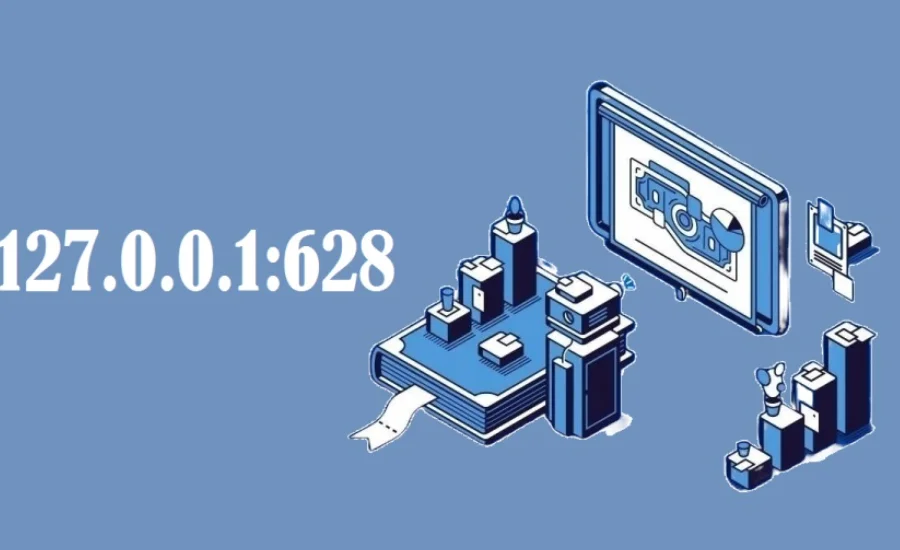
If you encounter problems with 127.0.0.1:62893, you can follow these steps to identify and resolve the issues:
- Check the Service Status:
- Ensure that the service or application you’re trying to connect to is running properly. This might involve verifying that the web server, development tool, or other software is active and functioning without errors.
- Verify Port Configuration:
- Double-check that the application is correctly configured to use port 62893. Misconfigurations can lead to connectivity issues, so it’s important to confirm that the port number matches the expected configuration.
- Inspect Firewall Settings:
- Your computer’s firewall might be blocking traffic on port 62893. Review your firewall settings to ensure that traffic to and from this port is allowed, especially for local connections. Adjust firewall rules as needed to permit communication.
Resolve Service Issues:
- Start the Service: If the service isn’t running, you need to start it. This could involve executing a specific command or script depending on the software you’re using.
- Change Port Numbers: If port 62893 is causing conflicts or is occupied by another service, consider reconfiguring your application to use a different port. This change can often be made in the application’s settings or configuration files.
- Configure Firewall Rules: To enable traffic on port 62893, create a firewall exception. The process varies depending on your operating system:
- To allow traffic on port 62893 in Windows Firewall:
- Open the Control Panel.
- Go to Windows Defender Firewall.
- Select Advanced settings.
- Click on Inbound Rules.
- Add a new rule to permit traffic through port 62893.
- Mac/Linux: Modify firewall settings through Terminal commands. On Linux, tools like iptables can be used to manage firewall rules.
- Ensure Application-Specific Configuration: Some applications require additional settings to function correctly. Consult the application’s documentation to ensure all necessary configurations are properly set.
- Use Network Diagnostic Tools: Employ tools such as lsof (on Unix/Linux) or netstat (on Windows) to determine if any applications are currently using port 62893. These tools can help identify whether the port is in use or if there are issues with the application’s setup.
Addressing the “Disconnected From The Target VM, Address: 127.0.0.1:62893” Error
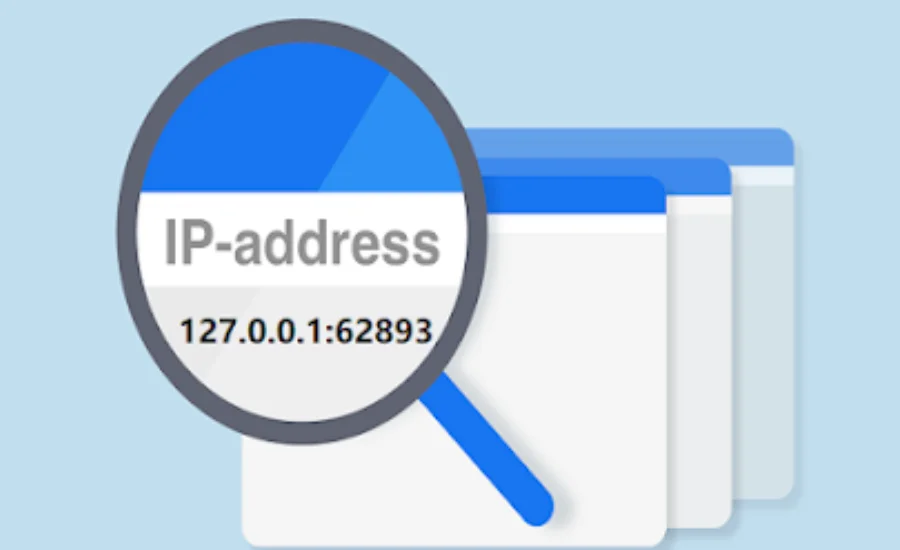
If you encounter the error “Disconnected From The Target VM, Address: 127.0.0.1:62893” while using development tools like Visual Studio Code (VS Code), it indicates a failure in establishing a connection with the target machine at the specified port. Here’s how to address this issue:
- Confirm Service Availability: Ensure that the application or service you are trying to debug is running properly. Verify that there are no issues with the service that might be preventing it from accepting connections.
- Check Port Configuration: Double-check that the configuration of the application aligns with the designated port number (62893). Incorrect port settings can prevent successful connections, so make sure that the port number is accurately specified in the application’s configuration.
- Review Firewall Settings: Make sure that your firewall settings do not block local connections on port 62893. Adjust your firewall rules if necessary to allow traffic on this port for debugging and development purposes.
- Restart the Service: Sometimes, simply restarting the service or application can resolve connectivity issues. Restart the relevant software and try to reconnect.
Final Words
Understanding and managing the address 127.0.0.1:62893 is essential for optimizing development and testing environments. This localhost address, combined with the specified port, facilitates internal communication crucial for debugging and testing applications. By ensuring proper service configuration, verifying port settings, and managing firewall rules, developers can effectively troubleshoot and resolve related issues. Addressing these aspects not only enhances development efficiency but also bolsters system security by preventing unauthorized access. Leveraging tools like Wireshark, PortQry, and Nmap further aids in monitoring and managing network activity. Embracing these practices ensures a robust, secure, and efficient computing environment tailored for development needs.
Discover valuable information at Alevemente.

